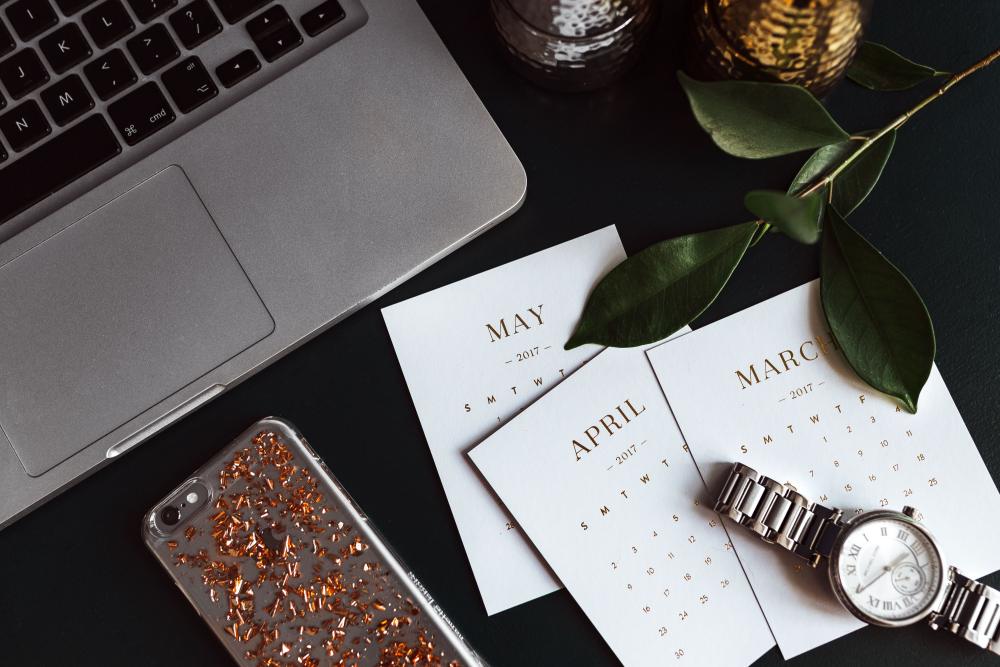Watches are luxury items that are often fashion statements and frequently have sentimental value in addition to being instruments for telling time. Photographically capturing their essence is both a science and an art. However, many photographers make common mistakes that negatively impact the image quality, which eventually hurts engagement and revenue. When doing product photography for watches, it’s equally crucial to know what not to do as it is to know what to do. This article examines the most common errors in this field, along with workable fixes.
Here are the top mistakes to avoid in watch product photography and how to fix them to get the best results:
Inaccurate Color
Color is very important when it comes to product photography for watches. The minor differences—from the warm rose gold band to the deep navy dial—can make or break a buyer’s choice. Sadly, color accuracy isn’t always guaranteed by cameras, particularly in situations with inconsistent lighting. During your shots, use a color checker chart or a color calibration tool. To have the most post-processing freedom, always shoot in RAW format. To make sure the colors in your edited image and the colors your audience sees match the actual products, make sure your monitor is calibrated.
Background Distracting
It may seem alluring to pair that expensive watch with some vintage books for personality or with a fancy patterned cloth, but it often backfires. The viewer’s attention may be drawn away from the product itself by a cluttered or irrelevant background. Keep the background simple and uncluttered. Ensure the props complement the watch’s narrative without taking center stage if you’re aiming for lifestyle photography. Keep in mind that the watch is the focal point of product photography.
Disregarding Fingerprints and Dust
Despite a watch’s flawless appearance, the camera can see everything, especially at high resolutions. Nothing says “unprofessional” quite like a close-up of an expensive watch that is dusty or smudged. Clean the watch thoroughly with a microfiber cloth and, if required, a gentle brush or air blower before every shoot. When working with timepieces during photo sessions, always use gloves to avoid skin oils getting on the device. The quality of your final watch product photography is greatly improved by this simple habit.
Inadequate Lighting
An image can be made better or worse by the lighting. Photos with poor lighting obscure the materials and nuances that show the attractiveness of a watch. Important details may be lost in photos that are overexposed, especially on glossy surfaces like dials and bezels. Invest in diffused, soft lighting, such as light tents or softboxes. Watches product photography benefits greatly from a three-point lighting arrangement, where key, fill, and backlights provide depth without overpowering reflections. You can check out Squareshot for the best product photography including watch photography.
Excessive Reflection from the Watch Crystals
Glass or sapphire crystals, which reflect light wildly, are commonly used in watches. In addition to hiding the dial, these reflections divert attention and detract from the watch’s high-end appearance. To prevent direct reflections, you should also change the angle of your lighting or the item itself. Light tents aid in light diffusion, which lessens the strength of reflections on the watch surface. Controlling reflections is essential for professionalism and clarity in watch product photography.
Inaccurate Depth of Field and Focus
Watches are tiny, complex devices with minute elements that require close attention, such as hour markers, hands, textures, and engravings. For a deeper depth of field, use a tripod and a lower aperture (such as f/8 or f/11). Another sophisticated technique is focus stacking, which combines several photos to preserve the fine details of every component of the watch. This method works particularly well for macro pictures. In watch product photography, choosing the correct focus can highlight the fine craftsmanship that goes into each watch.
Poor Cropping and Composition
Even if you have the lighting, cleaning, and reflections all under control, a poorly composed photograph will still look bad. A tight crop, an uncomfortable watch placement, or a failure to leave breathing room can all give your shot an unbalanced or cluttered appearance. To create a balanced composition, use the rule of thirds. Display the watch from the front, rear, side, and even the clasp to give the audience a complete perspective. Careful framing is as important to good watch product photography as technical precision.
Conclusion
It takes patience, the correct equipment, and attention to detail to become an expert at watch product photography. Every aspect contributes to producing images that not only look nice but also sell, from resolving lighting problems to getting rid of distracting backgrounds. You can greatly improve your watch photography skills by eliminating these frequent mistakes: color inaccuracy, distracting backdrops, dust and fingerprints, poor lighting, excessive reflections, wrong focus, and bad composition. Consistency and attention to detail are crucial whether you’re a freelance photographer, watch enthusiast, or e-Commerce company.







